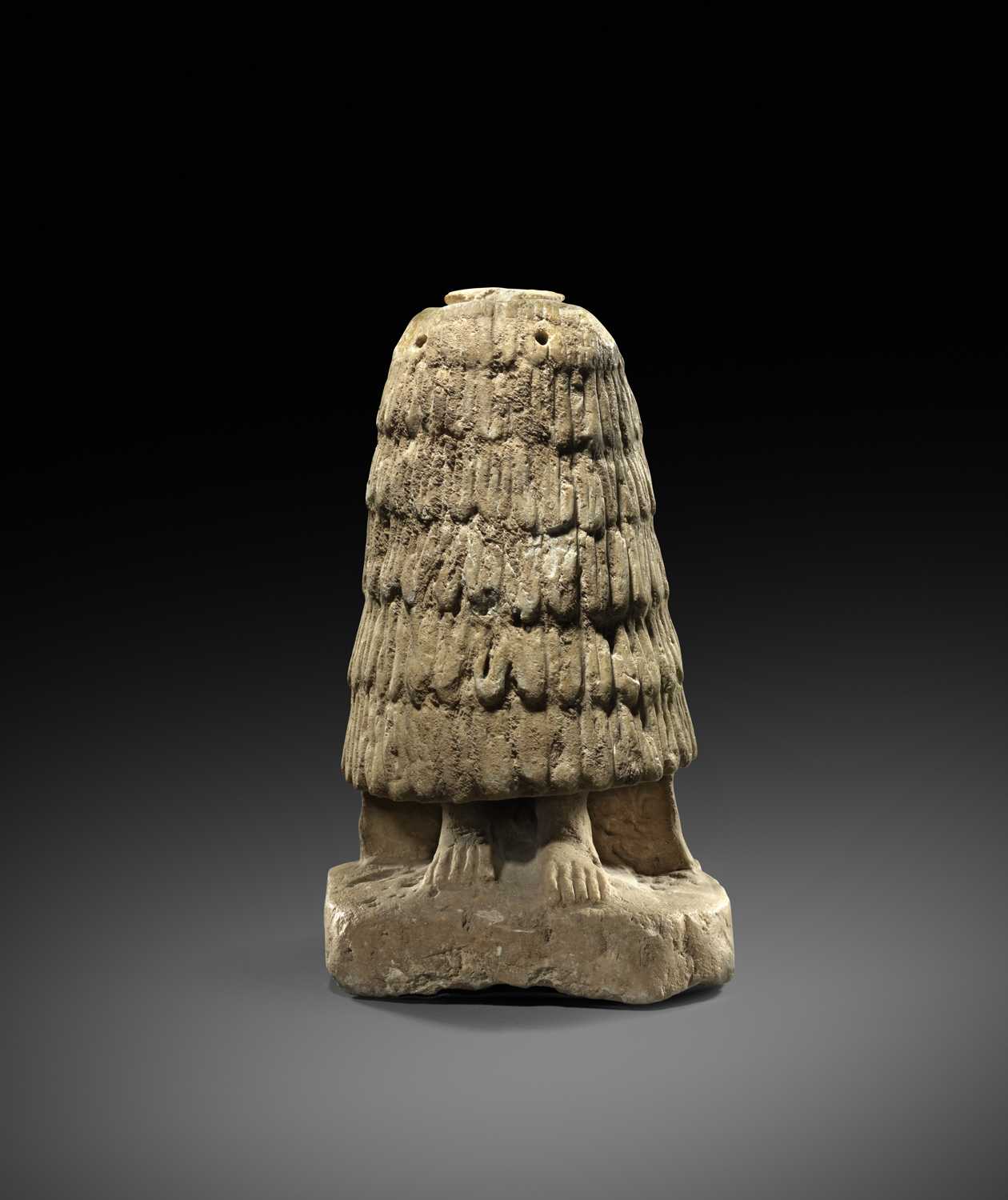'Millefiori' glass patella cup
As a nice example of the millefiori glass technique, this dark blue colored bowl is decorated with yellow and green flowers and white dots.
Kofler Truniger collection, Lucerne, Ancient Glass Formerly in the Kofler-Truniger Collection,Christie's Antiquities, London, 5 & 6 March 1985, lot 175
M. Kunz (ed.)
3000 Jahre Glaskunst von der Antike bis zum Jugendstil, Kunstmuseum Luzern 19.7.-13.9.1981, no.173
Italia: arte e scienza nello sport : Seoul 1988, 121, 4
“Le verre antique. Dans l’intimité des collectionneurs”, in:ArtPassion, no. 9, Geneva 2007, 57
A. Oliver
Millefiori Glass in Antiquity in Journal of Glass Studies 10, 1968, pp. 48-70.
D. F. Grose
The Toledo Museum of Art: Early Ancient Glass, New York, 1989, p. 322, fig. 518
Robert Steven Bianchi (ed.)
Reflections on Ancient Glass from the Borowski Collection, Bible Lands Museum Jerusalem, Verlag Philipp von Zabern, 2002, pp. 82-84, V-38.
Seoul, National Museum of Korea, Italia, Arte e Scienza nello Sport, 1988
Millefiori glass vessels are quite unusual and were highly desirable objects commissioned and produced for the households of the fortunate citizens. The word millefiori, or “thousand flowers,” is a modern term used by Italian Renaissance writers which appeared in the mid 19th century and described the production of glass vessels composed of colored tesserae fused together with other glass cut. Such vessels were produce in the Augustan and Tiberian periods, and their distribution spread as far as Egypt and other regions of the eastern Mediterranean world.
The production of millefiori glass is a complicated procedure which requires a considerable experience from the glassmaker. In a first step the glassmaker produced the polychrome glass rods that he then cut into small slices. These small discs were heated and placed next to each other in a mold. The fusion of the discs of different colors pressed into the mold provides the decorative effect like the one we can see on our cup. In order to obtain the fine and glossy surface the cup is polished carefully.









